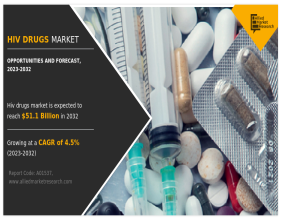Lancashire Holdings Limited, a financial stock, is nearing its ex-dividend date, which is of interest to current shareholders and market watchers. The ex-dividend date is the last day investors can purchase shares and still qualify for the upcoming dividend. For Lancashire Holdings, this date falls on the 15th of August. Those buying shares on or after this date will not be eligible for the dividend, which is set to be paid on the 20th of September.
The upcoming dividend payment is £0.085625 per share, with a total of £0.12 per share distributed over the last 12 months. This equates to a trailing yield of approximately 2.9% based on the current share price of £4.10. While dividends are often a key consideration for shareholders, it is essential to evaluate whether Lancashire Holdings (LSE:LRE) has the financial strength to maintain these payments and the potential for future dividend growth.
A company’s ability to sustain dividends typically depends on its earnings and cash flow. Lancashire Holdings has maintained a payout ratio of just 26% of its profits, which indicates a cautious approach. However, it’s crucial to also consider the company’s cash flow, as it plays a significant role in covering dividend payments. Notably, Lancashire Holdings has paid out a larger percentage of its cash flow than its profits, which could raise questions about the long-term sustainability of its dividend.
Potential for Future Dividend
Flat earnings can still offer value, but they might not be a strong signal for potential dividend growth. Over the past five years, Lancashire Holdings has experienced stable, yet unremarkable, earnings per share. This trend raises concerns about the company’s ability to increase its dividends in the future. Additionally, Lancashire Holdings' dividends have remained mostly unchanged over the past decade, indicating a lack of historical growth in payouts.
Lancashire Holdings Limited's dividend sustainability may be in question due to flat earnings and the difference between profit and cash flow allocation. While the company’s current payout is modest relative to its earnings, the higher percentage of cash flow used for dividends could be a red flag for some observers. Although this might not be an immediate cause for concern, it suggests there could be other financial services stocks in the market with potentially more robust dividend profiles.
_08_12_2024_11_31_27_835534.jpg)




